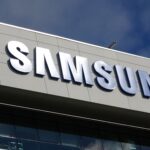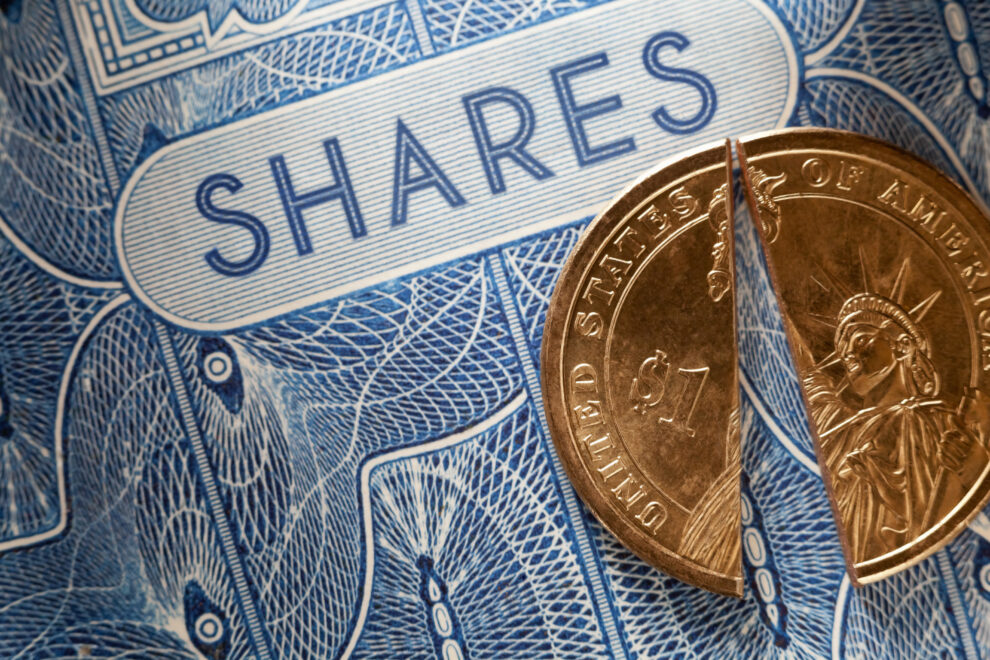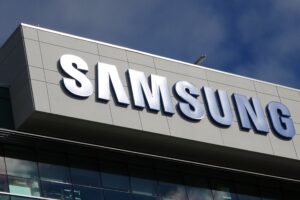This technology ETF is crushing the return of the S&P 500 index thanks to its holdings in some of the world’s largest AI companies.
Artificial intelligence (AI) is creating tremendous value in the market. Last year, the enthusiasm for AI pushed one company, Nvidia, into a multi-trillion-dollar valuation, making it the world’s most powerful data center chips for processing AI workloads.
Past technological revolutions have made it clear that picking long-term winners and losers isn’t easy, and it won’t be with the AI revolution either. Many of the top dot-com era internet companies from the turn of the century that people bet on early no longer exist. And then there are companies like Amazon that got their start doing one thing and then found it was their side businesses that actually generated the most profits. Who knew e-commerce specialist Amazon would eventually become the world’s largest cloud-computing company when it started developing its own server systems to better handle its e-commerce transactions?
Why pick one winner when an ETF can help pick them all?
There is a rather simple solution for investors seeking to profit from AI who aren’t comfortable picking the winners themselves. Exchange-traded funds (ETFs) offer a great way to buy dozens or even hundreds of AI stocks neatly packaged into one security, eliminating the need to pick winners and losers. The iShares Expanded Tech Sector ETF (IGM 1.02%) is filled with leading AI stocks, and it has a spectacular long-term track record.

Image source: Getty Images.
The iShares Expanded Tech Sector ETF just completed a stock split
The iShares ETF delivered a compound annual return of 20.7% over the last five years, crushing the 15.7% average yearly gain in the S&P 500 (SNPINDEX: ^GSPC) over the same period.
The strong returns catapulted the ETF to $512 per share in March, which made it somewhat inaccessible to smaller investors. To solve that problem, iShares conducted a 6-for-1 stock split which increased the number of shares in circulation sixfold and organically reduced its price per share by a proportional amount. Investors can now pick up one share of the ETF for around $94.
That’s good news because investors of all experience levels now have the opportunity to ride the ETF’s strong momentum thanks to tailwinds like AI. Here’s how it could turn an investment of $200,000 into $1 million over the long run. (But don’t worry; investors with any starting balance can earn a fivefold return if this scenario plays out.)
A diverse portfolio of AI and technology stocks
The iShares ETF was established in 2001, so it has invested through several tech booms driven by things like e-commerce, smartphone devices, enterprise software, cloud computing, and now, AI.
It has accumulated a large portfolio of 278 different stocks, although it’s heavily weighted toward its top-five positions, which represent 42.9% of the fund’s overall value:
|
iShares Expanded Tech Sector ETF Top Holdings |
ETF Portfolio Weighting |
|---|---|
|
1. Nvidia |
11.03% |
|
2. Apple |
10.00% |
|
3. Microsoft |
8.51% |
|
4. Meta Platforms |
7.76% |
|
5. Alphabet Class A |
5.58% |
Data source: iShares. Portfolio weightings are accurate as of June 13, 2024, and are subject to change.
Nvidia’s data center revenue surged 427% to $22.6 billion in its latest quarter, and the company still can’t keep up with demand for its graphics processing chips (GPUs) designed for AI workloads. Nvidia was valued at $360 billion at the start of 2023; now it’s worth a whopping $3.2 trillion, so its position atop this ETF should come as no surprise.
Apple just unveiled a slate of AI features of its own, which will be powered by a combination of its own technology and OpenAI‘s ChatGPT. There are more than 2.2 billion active Apple devices around the world led by the flagship iPhone, so this company could soon be the largest distributor of AI to consumers.
Microsoft, on the other hand, is helping businesses access the latest AI models through its Azure cloud platform, which they can use to develop their own applications. Plus, the company agreed to invest an additional $10 billion in OpenAI in January 2023, and it’s weaving the latest GPT-4 models into popular software apps like Word, PowerPoint, and Outlook.
Microsoft, Apple, and Nvidia are the only companies worth at least $3 trillion right now.
Outside of its Top-5 holdings, the iShares ETF also owns a stake in companies using AI to improve their existing businesses. Netflix uses AI to power the recommendation engine in its streaming platform, and Salesforce uses AI to deliver more value to customers of its relationship-management software.
Finally, investors will also find AI data center and infrastructure stocks like Advanced Micro Devices and Oracle in this ETF.
Turning $200,000 into $1 million
The iShares ETF generated a compound annual return of 10.6% since 2001, but the proliferation of technologies like software, cloud computing, and AI has accelerated that annual return to 19.7% over the last 10 years.
The below table shows how long it could take for the iShares ETF to turn an investment of $200,000 into $1 million under three scenarios:
- Scenario 1: The ETF reverts back to its long-run compound annual return of 10.6%.
- Scenario 2: The ETF delivers a compound average annual return of 15.2% (midpoint of scenarios 1 and 3).
- Scenario 3: The ETF continues to deliver a compound annual return of 19.7%.
|
Starting Balance |
Compound Average Annual Return |
Time to Reach $1 Million |
|---|---|---|
|
$200,000 |
10.6% |
16 Years |
|
$200,000 |
15.2% |
12 Years |
|
$200,000 |
19.7% |
9 Years |
Calculations by author.
As you can see, the ETF can deliver a fivefold return within the next 16 years even if its compound annual gain falls back to 10.6%. But the AI industry is still in its infancy, with estimates on Wall Street suggesting it could add anywhere between $7 trillion and $200 trillion to the global economy in the coming decade. Scenarios 2 or 3 could become reality if that value is unlocked.
With that said, this ETF is likely to underperform if AI fails to live up to the hype. Stocks like Meta Platforms and Netflix could help cushion the losses because they have powerful existing businesses outside of AI, but other stocks like Nvidia would almost certainly weigh it down.
Suzanne Frey, an executive at Alphabet, is a member of The Motley Fool’s board of directors. John Mackey, former CEO of Whole Foods Market, an Amazon subsidiary, is a member of The Motley Fool’s board of directors. Randi Zuckerberg, a former director of market development and spokeswoman for Facebook and sister to Meta Platforms CEO Mark Zuckerberg, is a member of The Motley Fool’s board of directors. Anthony Di Pizio has no position in any of the stocks mentioned. The Motley Fool has positions in and recommends Advanced Micro Devices, Alphabet, Amazon, Apple, Meta Platforms, Microsoft, Netflix, Nvidia, Oracle, and Salesforce. The Motley Fool recommends the following options: long January 2026 $395 calls on Microsoft and short January 2026 $405 calls on Microsoft. The Motley Fool has a disclosure policy.







